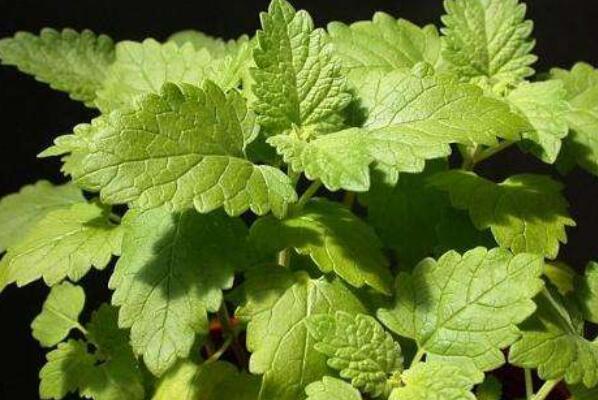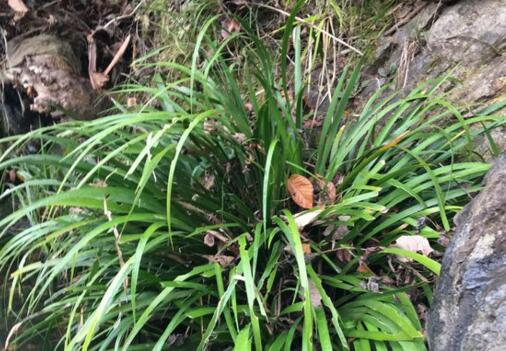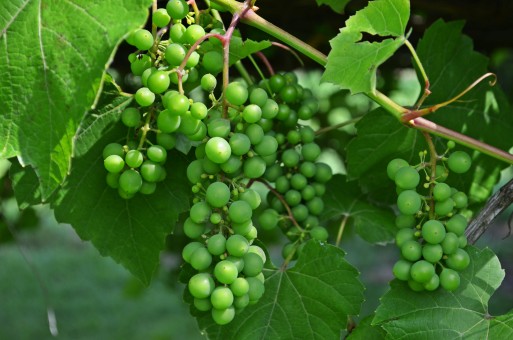Is perennial Schizonepeta tenuifolia cat mint? How much is the seed price per jin? What are the planting techniques? Efficacy work
Schizonepeta tenuifolia, also known as Cardamine, Cardamine, Artemisia annua, Artemisia annua, is a perennial plant of Labiatae and Schizonepeta. So is Schizonepeta tenuifolia cat mint? How much is the seed price per jin? What are the planting techniques? What is the efficacy? It is learned from Hubei seed Company that the price of Schizonepeta tenuifolia seeds is about 34 yuan / jin, and the sowing amount is 5 jin per mu, the flowering time is from June to July every year, and the seeds are mature from September to October. It is medicinal and edible, and it is a good project for agriculture to get rich.

Is Schizonepeta tenuifolia cat mint?
No. Cat mint taste is a little cold, Jing mustard flavor is spicy. The common feature of both is that it can relax the wind, but it is suitable to be used in summer. Used in winter, cat mint cool, Jing mustard warm antipyretic medicine, is one of the commonly used herbs in China, can relieve phlegm, dispel wind and cool blood. Treat influenza, headache, cold, fever, sweating, vomiting.
What are the planting techniques of Schizonepeta tenuifolia?
I. selection of nursery sites
Schizonepeta tenuifolia is distributed in Gansu, *, Inner Mongolia, Henan, Hebei, Guizhou, Hubei and other places in China. Jing mustard naturally like the sunny, warm and humid growth environment, the soil quality requirements are not strict, the general soil can be sown. However, it grows better on loose and fertile soil, waterlogging and drought are avoided, the planting base can not have low-lying land with stagnant water, Schizonepeta tenuifolia is resistant to high temperature, and big seedlings like dry and ventilated growth environment.
II. Land preparation
1. Deep ploughing: the density of plants planted in the base of Schizonepeta tenuifolia is relatively high, and it is difficult to apply fertilizer during the growing period. Most of them are sprinkled with base fertilizer before planting arable land, with 3-4 tons of available organic fertilizer per mu, and more base fertilizer should be used for continuous cropping. After spreading the bottom fertilizer evenly on the ground, the ploughing depth is about 25 cm, which requires fine crushing of the soil and no large clods.
2. Bedding: fields without watering conditions can be planted without beds and sowed in the fields. Irrigated land for fixed 1.5 meters wide border, border length of 10 to 30 meters, and flatten the land.
Third, sowing seeds
The germination rate of Schizonepeta tenuifolia seeds is very high, and there is no need to accelerate germination before sowing, but can be covered with soil directly after sowing.
IV. Management at seedling stage
Loosen the soil, water it, fertilize it.
What is the effect of Schizonepeta tenuifolia?
1. Schizonepeta tenuifolia can be used to stop bleeding, treat rash, dispel wind and treat cold.
2. Schizonepeta tenuifolia can treat fever and headache caused by wind-cold, especially headache without sweating.
3. Schizonepeta tenuifolia can be used to treat the symptoms of impaired hair caused by measles.
4. Schizonepeta tenuifolia can treat many bleeding symptoms such as metrorrhagia, hematochezia and bleeding, and can be compatible and combined with corresponding hemostatic drugs according to the location of bleeding.
5. The nature of Schizonepeta tenuifolia is relatively gentle, so Schizonepeta tenuifolia can be used for wind-cold and wind-heat cold, which is not only a special medicine, but also an important characteristic.
Time: 2019-04-10 Click:
- Prev

How much is the price of Acorus calamus seedlings on the market? How many years can you harvest after planting? What are the planting techniques?
Acorus tatarinowii belongs to Araceae, Acorus calamus grass-like perennial herbs, the rhizome is often used as medicine. So, how much is the price of Acorus calamus seedlings on the market? How many years can you harvest after planting? What are the planting techniques? How much is the price of Acorus calamus seedlings on the market? Acorus tatarinowii is propagated by rhizome.
- Next

How much is the seedling of Schisandra chinensis in Orchidaceae? How to plant high yield?
Schisandra chinensis, also known as Xuanji, Huihe, Wumeizi, Shanzhanjiao, Zhuangwei, Wuwei and pomegranate, is also a kind of traditional Chinese medicine. It is widely planted because of its functions of strengthening physical fitness and protecting the heart.
Related
- Fuxing push coffee new agricultural production and marketing class: lack of small-scale processing plants
- Jujube rice field leisure farm deep ploughing Yilan for five years to create a space for organic food and play
- Nongyu Farm-A trial of organic papaya for brave women with advanced technology
- Four points for attention in the prevention and control of diseases and insect pests of edible fungi
- How to add nutrient solution to Edible Fungi
- Is there any good way to control edible fungus mites?
- Open Inoculation Technology of Edible Fungi
- Is there any clever way to use fertilizer for edible fungus in winter?
- What agents are used to kill the pathogens of edible fungi in the mushroom shed?
- Rapid drying of Edible Fungi

